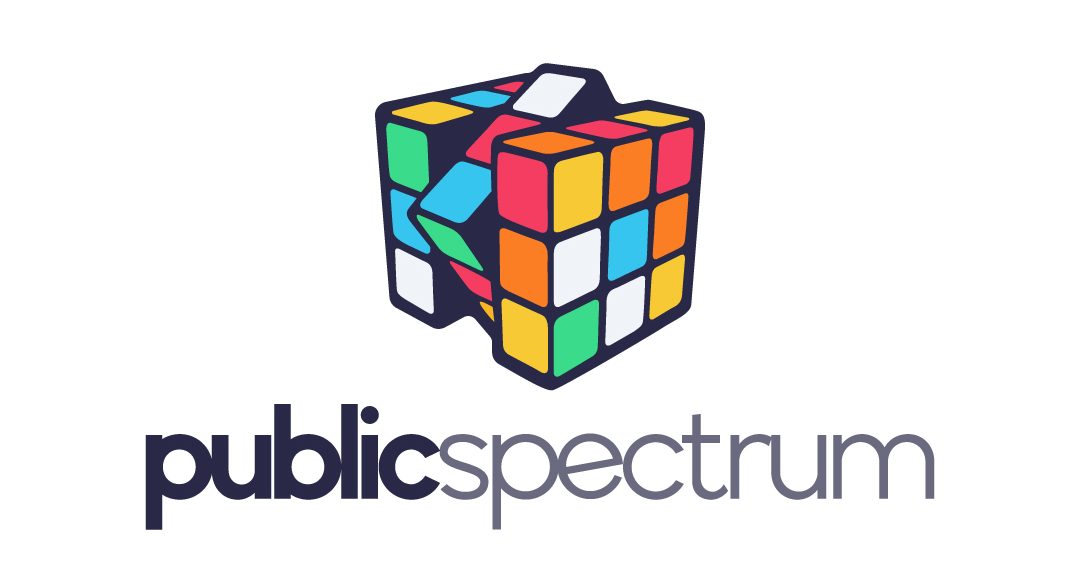AI sparks risks, reinforces cybersecurity
Share

The Australian public sector faces a significant challenge as advanced artificial intelligence (AI) tools, particularly generative AI models, rapidly transform the digital environment. These technologies emerge, generating and altering highly realistic digital content, and they bring significant challenges, including misinformation, cyber threats, and a decline in trust in media. Public sector organisations committed to transparency and integrity face heightened vulnerability to these threats.
Content Credentials, an innovative content provenance solution, emerges as an essential tool to address these challenges. Content Credentials adds cryptographically signed metadata to digital media, making it clear, traceable, and real to meet the growing need for safe and trustworthy content. This announcement explores how these solutions revolutionise cybersecurity and artificial intelligence governance in Australia’s public sector, highlighting their role in maintaining trust and minimising the potential misuse of generative AI technologies.
AI fuels content manipulation
Artificial intelligence is rapidly evolving, particularly in generative AI models; it is transforming content manipulation and presenting significant challenges for organisations and individuals. Recent advancements created highly realistic synthetic media, including deepfake videos, audio, and images, showcasing significant improvements in both accessibility and sophistication. This breakthrough surpasses traditional verification methods, exposing both public and private sectors to potential exploitation.
AI-driven manipulation has evolved beyond isolated incidents. Malicious actors increasingly leverage these technologies to conduct disinformation campaigns, impersonate credible individuals, and launch cyberattacks with impressive precision. The FBI reports that cybercriminals use AI technology to create hyperrealistic audio and visual content, aiming to deceive victims into disclosing sensitive information or granting unauthorised access to systems.
Opponents adopt tactics that leverage AI for disinformation, using synthetic media and chatbots to deliver engaging, tailored messages that are challenging to detect. AI-driven content manipulation increases the critical need for strong protocols that ensure the verification and authentication of digital media. Without these measures, organisations risk becoming targets for sophisticated cyber threats and disinformation campaigns, jeopardising their operational security and public trust.
Check out: “AI revolutionises cybersecurity landscape”
Credentials ensure media integrity
Content Credentials provide a fresh solution to address the growing challenges of verifying and authenticating digital media in an era significantly shaped by generative AI. These credentials add cryptographically signed metadata to digital content, which makes it easy to see where it came from, how it was made, and who changed it. This metadata enables users to trace the origin of a piece of content, offering crucial context about its creator, production date, and any modifications made.
Durable Content Credentials strengthen this solution by adding extra layers of security. Secure metadata integrates with invisible watermarking and cutting-edge fingerprinting technologies. The media seamlessly embeds an identifier, rendering it imperceptible to the human eye. Even after removing the metadata, this enables the recovery of provenance information. Fingerprinting creates a unique digital signature for the content, enabling strong matching and verification, even with significant changes.
Highlighting the significance of these solutions, a collaborative cybersecurity report from the ACSC, National Security Agency (NSA), and UK National Cyber Security Centre (NCSC-UK) emphasises, “Content Credentials provide a reliable mechanism to preserve the authenticity and provenance of digital content, which is critical in combating the misuse of generative AI technologies.”
Generative AI challenges government
Generative AI technologies advance quickly, challenging Australia’s public sector and impacting its ability to maintain trust, transparency, and operational efficiency. Various essential domains present challenges, each carrying significant consequences for governance and service provision.
- Mitigating cyber threats: AI-driven phishing attacks evolve in complexity as malicious individuals use synthetic media to mimic government officials. An AI-generated audio clip that mimics a senior official’s voice could trick employees into revealing sensitive information or approving fraudulent transactions. Recent attacks threaten data security and hinder essential government functions, increasing the risk of exploitation of citizens’ personal information.
- Disinformation targeting public communications: Generative AI produces exceptionally lifelike deepfake videos, audio, and images that mimic government officials or agencies. A misleading video shows a government minister falsely announcing changes to immigration policies. This could quickly circulate on social media, causing confusion and public unrest. Incidents like these erode trust in authoritative messages and force organisations to redirect resources to dispel false information, hindering their ability to address genuine concerns.
- Manipulation of democratic processes: Disinformation campaigns generated by AI pose significant threats to the integrity of democratic processes, including elections. Synthetic media can generate misleading campaign advertisements or social media content that distorts candidates’ positions or spreads false narratives. This manipulation can divide voters, skew public perception, and undermine trust in the electoral framework, posing a risk to the very pillars of Australia’s democratic system.
- Disruption of public services: Generative AI can spread misleading information about critical public services, such as healthcare and social welfare initiatives. A misleading deepfake video claims that Medicare services in a particular area have shut down, which could incite widespread panic among the public and lead to an influx of calls to government hotlines and service centres. The situation pressures public resources and hinders the timely provision of accurate information and services to individuals needing assistance.
- Erosion of Public Trust: AI-driven content manipulation significantly declines trust in public institutions. Citizens struggle to effectively differentiate between genuine and altered content, which declines their trust in government transparency and accountability. Trust erosion leads to lasting repercussions, reducing the public sector’s ability to govern effectively and engage with the community.
To tackle these challenges, embrace solutions for content provenance, like Content Credentials. By integrating verifiable metadata into digital media, these tools enable public sector organisations to validate their communications and protect against the exploitation of synthetic content.
Content provenance strengthens integrity
Public institutions, private organisations, and civil society must take immediate, decisive action to address the challenges presented by generative AI and synthetic media. Adopt content provenance standards, such as those from the Content Authenticity Initiative (CAI) and the Coalition for Content Provenance and Authenticity (C2PA), to protect media integrity and rebuild public confidence. Established standards provide a strong foundation for integrating verifiable metadata into digital content. They ensure that users can validate the origin, creation, and editing history throughout the entire lifecycle.
The future promises to revolutionise the digital landscape as content provenance standards gain widespread adoption. As organisations increasingly adopt these tools, they will need to ensure the authenticity of digital content, which is a crucial element of online interactions. This transition significantly improves media integrity and promotes a culture of accountability and trust within the digital landscape. To realise this vision, we must foster collaboration among various sectors and maintain a strong commitment to innovation and education.
Governments, technology companies, and civil society organisations must collaborate to advance the adoption of these standards while ensuring accessibility and effectiveness for every user.To tackle these challenges, adopting solutions for content provenance, like Content Credentials, is essential. Verifiable metadata enhances digital media, enabling organisations in the public sector to authenticate their communications and safeguard against the misuse of synthetic content.

Justin Lavadia is a content producer and editor at Public Spectrum with a diverse writing background spanning various niches and formats. With a wealth of experience, he brings clarity and concise communication to digital content. His expertise lies in crafting engaging content and delivering impactful narratives that resonate with readers.










Today’s Pick
11th Annual Aus Goverment Data Summit
April 1, 2025
7th Annual NZ Government Data Summit
May 7, 2025
3rd Public Sector Comms Week
May 14, 2025
Subscribe
We send emails,
but we do not spam
Join our mailing list to be on the front lines of healthcare , get exclusive content, and promos.
AI appointment Australia Australian boost boosts business businesses covid-19 cyber cyber attack cybersecurity cyber security data data breach data management defence Digital employment enhance enhances fraud funding governance government grants infrastructure Innovation Lockdown management new zealand NSW NZ online privacy public Public Sector queensland renewable energy scams security Social Media Technology telecommunications victoria
-

Understanding and building your digital strategy
Digital Government, Opinion
-

Featured Leader: Jamie Morse on multi-channel strategies for communication
Communications, Featured Leader
-

Featured Leader: Tegan Tembe of NSW Treasury on creating solid planning strategies and processes
Featured Leader
-

Wirraka Maya Health Service improves patient care with My Health Record
Learning
Show More-

Effects of ineffective communication in the workplace
Communications, Personal Development
-

7 ways you can enhance your personal development skills
News, Personal Development
-

5 advantages of working in the public sector
News, Personal Development, Professional Development
-

7 causes of communication issues in the workplace
Communications, News, Personal Development
Show MoreLast Viewed
Australia unveils 2024 data exchange mobility guidelines